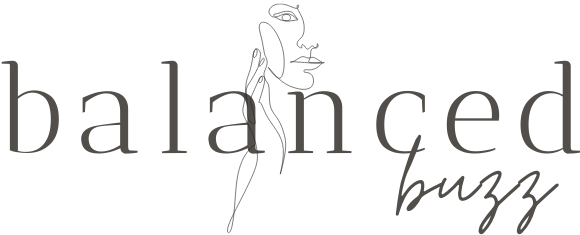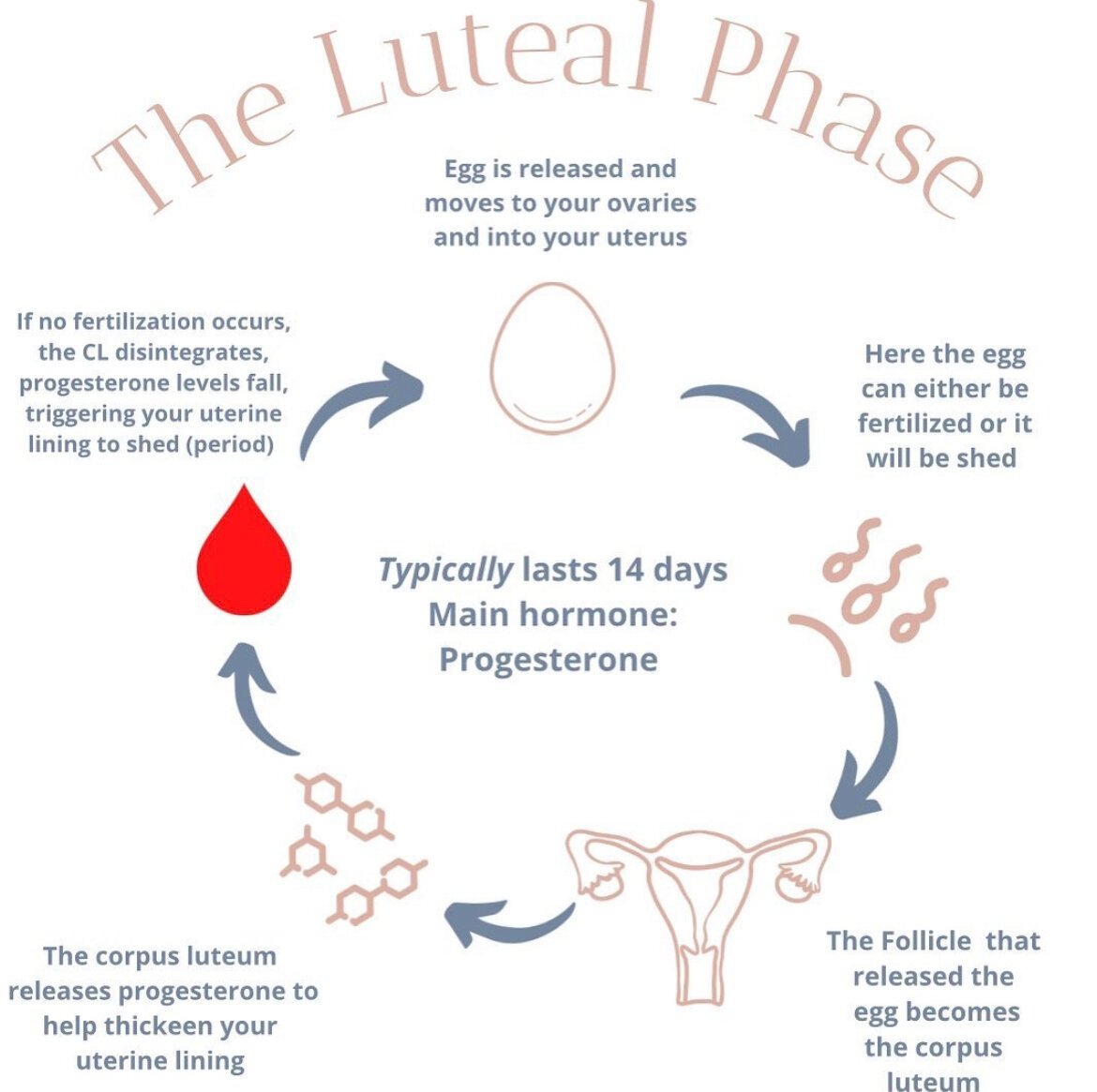Understanding Your Cycle
To Achieve Balanced Hormones
I remember when I had a first real discussion about what a period was. I was in 5th grade and we took a field trip where they split up the girls and boys and discussed our “changing bodies” (you can imagine we were all taking it very seriously). And besides a short blurb on it in a high school textbook, I don’t think we ever discussed the topic again. How is it that something so integral to women’s health was taught one time in 5th grade, where we giggled and could care less, and briefly in high school health class? Isn’t that something that should be engrained in us as women, so we are able to identify if any issues arise? After all, our cycle is like a report card for our overall health. Our cycles are actually pretty fascinating and knowing how it works is the first step to being able to identify any issues you may have such as heavy periods, the color/consistency of your period, mid cycle issues, PMS symptoms, and more.
In this post, I will be going over:
The phases of your cycle
Common misconceptions about the menstrual cycle
Common reasons for PMS symptoms
I became interested in women’s health after going through the ringer with my own cycle. After coming off hormonal birth control, I got to experience all of those fun symptoms that I was initially put on the pill to prevent. Instead of hiding from PMS this time, I decided to figure out what my body was trying to tell me. Think how fascinating it is that every month because of a couple key players in our bodies we undergo changes that help us to create a life (and if not our body becomes pissed and retaliates, but let’s focus on the cool part). After all, periods shouldn’t be unbearable. If you have painful/heavy periods, longer than normal cycles, headaches, hormonal acne, intense cramping/pressure during that time, or any of the other classic symptoms stick around because the first step I would recommend is learning everything you can about your cycle.
The Phases of Your Cycle
Phase 1: Follicular Phase (Typically lasts between 10-14 days)
Main Hormones at play: Estrogen, FSH, and LH
The beginning of this phase is triggered by the release of GnRH (gonadotropin-releasing hormone) from your hypothalamus. This, in turn triggers the release of FSH (follicle-stimulating hormone) from your pituitary. True to it’s name, FSH stimulates the follicles (located in your ovaries) to grow. There are multiple follicles that race to maturity, as only one egg can be released from your ovaries at a time. As they grow, they release estrogen, which is the main hormone in this phase. Estrogen causes a thickening of the lining of your uterus, also called the endometrium. This climb in estrogen causes your brain to once again release GnRH from the hypothalamus triggering FSH and LH (luteinizing hormone) from the pituitary gland. The release of FSH/LH is what causes the egg to be released from the dominant follicle and kicks off ovulation, the beginning of the next phase.
Phase 2: Luteal Phase (Typically lasts about 12-14 days or until the start of your period)
Main Hormones at play: Progesterone
Ovulation marks the beginning of the luteal phase. While its common to think your period is the main event, Ovulation is technically what all of the fuss is about. Without ovulation, you can’t have a true period and you won’t produce progesterone (our nice calming hormone). During ovulation, the egg is released from the follicle and it moves to your ovaries, by way of your Fallopian tubes, and into your uterus where it can either be fertilized by sperm or not. It waits patiently for 24 hours to be fertilized.
The follicle that once housed the egg, becomes the corpus luteum, which is what secrets progesterone. Progesterone also helps to thicken the lining of your uterus in the preparation for the egg to become fertilized. If the egg does not become fertilized, the corpus luteum disintegrates. Progesterone levels drop when this happens and this triggers the shedding of your uterine lining, AKA your period (starting day 1 of your follicular phase).
Common Misconceptions About Periods & Your Cycle
“PMS is normal”: Nope! PMS means something is off kilter and your hormones likely are out of whack. 3 out of every 4 women experience PMS symptoms, so while it’s become common, it is not normal.
“I can get pregnant at any point during the month!”: Also not true, remember the egg that patiently waits for 24 hours? That means you can only get pregnant within those 24 hours. The tricky part is sperm can live in the vagina for 3-5 days, meaning there’s a 5-6 day window where you can become pregnant. That’s why it’s so important to understand the signs of ovulation.
“Birth control is my only option for preventing pregnancy unless I use a barrier method (i.e condoms, diaphragm, etc.)”: Wrong again! While barrier methods are a good way to prevent pregnancy, there is another option. It is called the Fertility Awareness Method, which I cover in my ebook on how to come off of birth control safely.
What Different PMS Symptoms Could Mean
Severe Cramps: High prostaglandins
Heavy or long periods (we’re talking changing your tampon every hour for more than 3 hours): High estrogen
Acne: Could be a variety of issues including high testosterone or gut health issues
Breast pain: High estrogen
Short cycle: If your entire cycle lasts less than 21 days (known as luteal phase defect), you are not producing enough progesterone
Light menses: Period lasts less than 3 days? Not enough estrogen (she’s finicky isn’t she?)
Loss of period: Typically you see this with severe caloric restriction, excessive exercising, recently coming off the pill, pituitary/ovarian dysfunction, or hypothyroidism
It is possible to have a pain free/healthy period and balanced hormones, but the first step is understanding your cycle inside and out. If you want a more in depth resource that dives into how to identify the root cause of cycle issues, cyclical living (what you can expect to see in terms of energy, mood, and cravings throughout the cycle), coming off birth control, and alternative birth control options, check out my e-book, Nourish & Flow or sign up below to receive weekly wellness newsletters!








